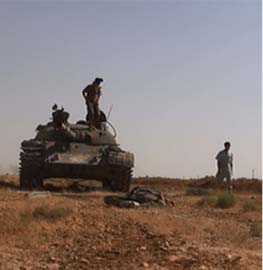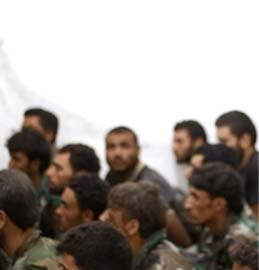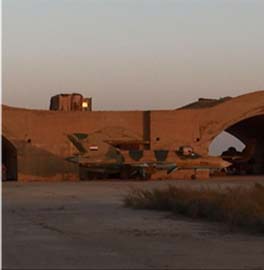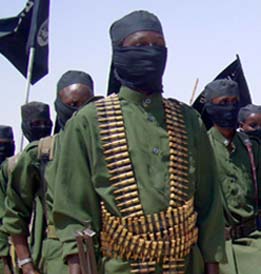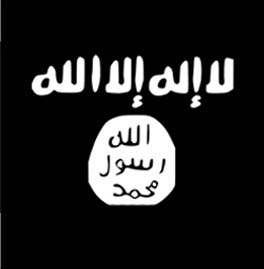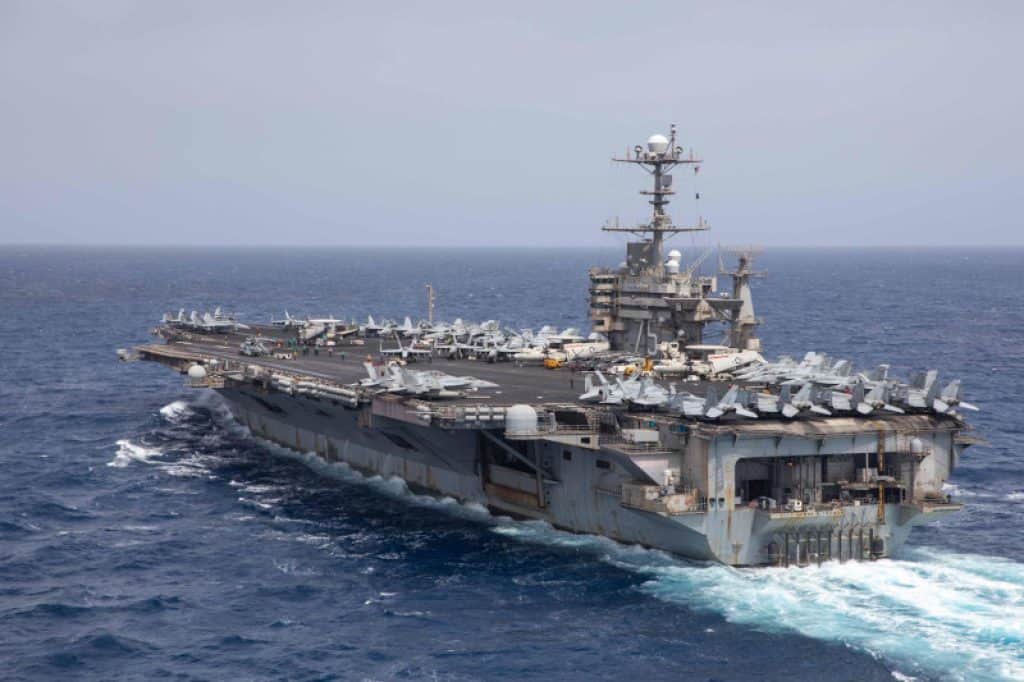
Anti-Houthi “Yemeni militias are planning a ground offensive against the Houthis,” according to Yemeni and US officials cited by the Wall Street Journal. The plans follow over a month of US airstrikes that have weakened the Iran-backed terror group ruling northern Yemen. US Central Command (CENTCOM) launched a large-scale operation against the Houthis on March 15 after the group targeted international shipping and US Navy vessels in the Red Sea for over 15 months in solidarity with Hamas’s war against Israel.
Anti-Houthi military factions in Yemen are eyeing the coast along the Red Sea, a Houthi economic lifeline and center of the group’s aggression against maritime activity, according to the WSJ report. US officials said the Emiratis raised the plan, but UAE officials have since denied involvement in discussions over a ground offensive. American officials said the United States is “open to supporting a ground operation by local forces” but “a decision on whether to back the effort hasn’t been made yet.”
Another proposal would entail a multi-front attack that includes Yemen’s west coast and efforts to retake the Houthi-controlled capital of Sanaa, according to Bloomberg. Separately, the Emirati state-owned newspaper The National reported that 80,000 soldiers are being mobilized to retake key areas on the west coast. However, Yemen experts report that frontline evidence does not indicate a mobilization has begun. Proposed offensive plans differ in many details, but all place the western coast at the center of any action.
Yemen’s west coast
The Yemeni western coastal area comprises the Hodeida, Taiz, and Lahij Governorates from north to south, with Houthi control ending in Hodeida close to the border with Taiz. Hodeida Governorate is crucial for the Houthis economically, as it is home to the Ports of Hodeida and Salif, the Ras Issa fuel terminal, and key military infrastructure that enables Houthi terrorism in the Red Sea. The ports receive up to 80 percent of Yemen’s imports, providing crucial economic resources to the terrorist regime.
Ras Issa terminal was destroyed by US forces on April 17. A CENTCOM post on X noted, “The Iran-backed Houthis use fuel to sustain their military operations, as a weapon of control, and to benefit economically from embezzling the profits from the import,” which has continued to flow into Ras Issa despite US sanctions on the terrorist group.
The US has also hit targets across Hodeida, including strikes on April 15 and 16 against Houthi frontlines in the western governorate.
Yemeni forces in the west coast
Anti-Houthi armed factions in southern Yemen are highly fractured. The Yemeni Armed Forces and the Internationally Recognized Government (IRG), which control much of southern Yemen, have been supported by Saudi Arabia. In contrast, the United Arab Emirates has backed the secessionist Southern Transitional Council (STC) based in Aden, as well as forces on the west coast commanded by Brigadier General Tariq Saleh, who is also vice president of the IRG’s Presidential Leadership Council.
Saleh leads the National Resistance Force, or Guards of the Republic, one of the west coast’s armed factions. However, he is also believed to be the decisionmaker for the Joint Forces on the West Coast, which includes his militia, the Southern Giants Brigade, and the Tihama Resistance. Saleh commands over 50,000 fighters based in Taiz governorate, according to Bloomberg.
The Joint Forces on the West Coast previously attempted to retake Hodeida with UAE support, ultimately leading to a siege of the city in June 2018. These efforts were ended in late 2018 by the UN-brokered Stockholm Agreement, which was reached in part due to international pressure over the mounting death toll and humanitarian catastrophe.
The CIA estimates that the Yemeni government’s “military, paramilitary, militia, and other security forces” may reach as many as 300,000 personnel, also noting 150,000–200,000 militia fighters backed by the UAE and Saudi Arabia. However, these factions are not unified.
As of 2022, the CIA estimated that the Houthis had 200,000 members. However, experts place the current strength of their forces at around 350,000, partly due to a large recruitment push since the group began its terrorist activities in the Red Sea in 2023. These forces are dispersed across frontlines along the west and central parts of the group’s control, as well as the northern border with Saudi Arabia.

